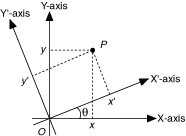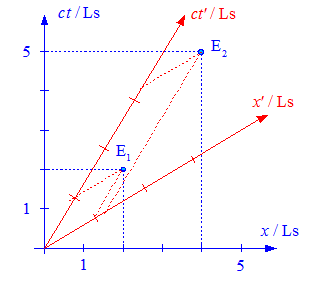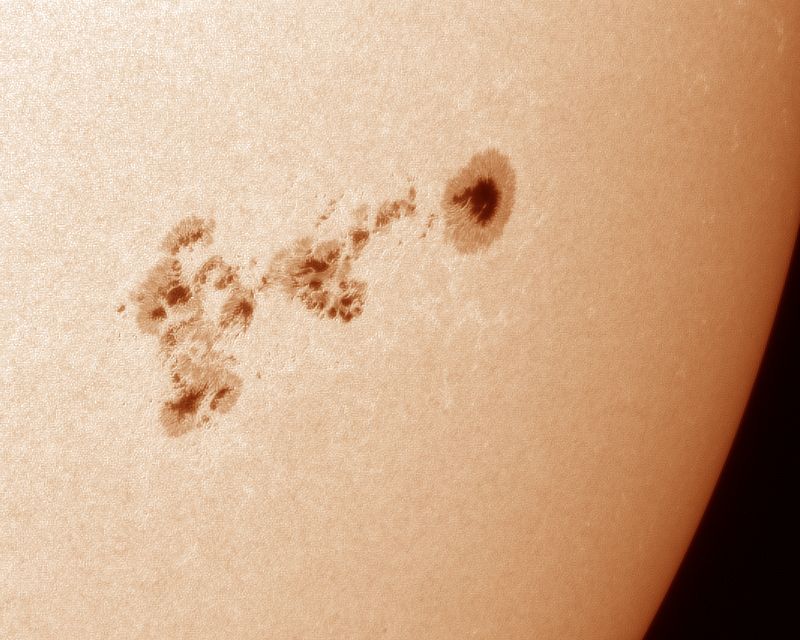Hi Masterov. Pleased to meet you.
I have explained how the sunspot phenomena has a lot to do with what happens in the UPPER LAYERS of the sun and the CORIOLIS effect on both the plasmaflowlines and the magenitfieldlines at that level, and so not directly related to the deep interior processes as such. So there is no need to further stress your point about the interior not being responsible for what happens at the surface over the 11-year cycle of sunspot phenomena. The explanation I gave AGREES with that part of your view.
Anyhow, please read my explanations to origin regarding sunspots coming in pairs and persisting until the magnetic fieldline/plasmaflow LOOPS break and the filed settles back to 'normal' pattern until the next build up of 'contortions' in the field/flow in the upper layers which again become visible as plasma/magnetic lines arcs and joining sunspot 'pole' pairs.
See? Just as the CORIOLIS affects Earth's flows in the ocean and the atmosphere, the sun's rotation causes twisting and knotting of plasma/magnetic flowline 'patterns' which eventually cause the turbulence/phenomena we observe on the sun.
When that turbulence/phenomena dies down because of plasmaflow and magnetic line 'reconnections' and the energy in the sunspot system is RELEASED into the corona/space, then the sun quietens down and the solar cycle buildup begins again because the sun is still rotation and the turbulence/twisting and knotting gets more strong/massive and eventually becomes visible again.
I have no comment on whether a comet would actually reach the sun surface before being disintegrated by its transit of the much hotter CORONA. Nor do I make comment on whether any such 'incoming' material/bodies would ADD to any turbulence already caused by the sun's coriolis effects.
Perhaps in view of my explanations on 'sunspots' causes/phenomena, it might be prudent to go back and review your own take on sunspots and leave this OFF-TOPIC discussion for another time/thread, and meanwhile get back to concentrating on the main topic of your thread here!
Good luck and good thinking to you, Masterov, everyone!
I have explained how the sunspot phenomena has a lot to do with what happens in the UPPER LAYERS of the sun and the CORIOLIS effect on both the plasmaflowlines and the magenitfieldlines at that level, and so not directly related to the deep interior processes as such. So there is no need to further stress your point about the interior not being responsible for what happens at the surface over the 11-year cycle of sunspot phenomena. The explanation I gave AGREES with that part of your view.
Anyhow, please read my explanations to origin regarding sunspots coming in pairs and persisting until the magnetic fieldline/plasmaflow LOOPS break and the filed settles back to 'normal' pattern until the next build up of 'contortions' in the field/flow in the upper layers which again become visible as plasma/magnetic lines arcs and joining sunspot 'pole' pairs.
See? Just as the CORIOLIS affects Earth's flows in the ocean and the atmosphere, the sun's rotation causes twisting and knotting of plasma/magnetic flowline 'patterns' which eventually cause the turbulence/phenomena we observe on the sun.
When that turbulence/phenomena dies down because of plasmaflow and magnetic line 'reconnections' and the energy in the sunspot system is RELEASED into the corona/space, then the sun quietens down and the solar cycle buildup begins again because the sun is still rotation and the turbulence/twisting and knotting gets more strong/massive and eventually becomes visible again.
I have no comment on whether a comet would actually reach the sun surface before being disintegrated by its transit of the much hotter CORONA. Nor do I make comment on whether any such 'incoming' material/bodies would ADD to any turbulence already caused by the sun's coriolis effects.
Perhaps in view of my explanations on 'sunspots' causes/phenomena, it might be prudent to go back and review your own take on sunspots and leave this OFF-TOPIC discussion for another time/thread, and meanwhile get back to concentrating on the main topic of your thread here!
Good luck and good thinking to you, Masterov, everyone!




